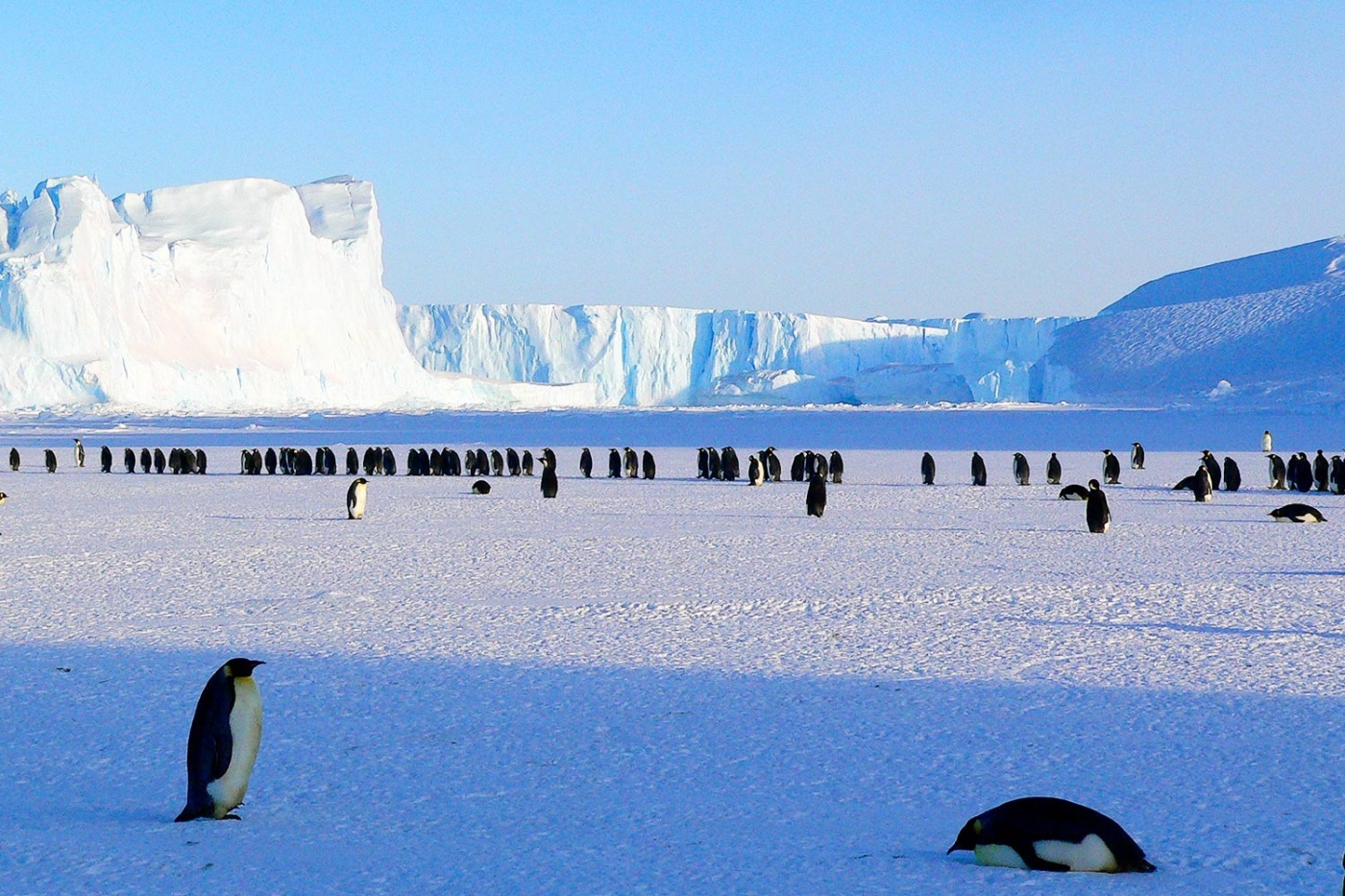How to Visit Antarctica
There’s a certain mystique that surrounds Antarctica. Just as we associate the North Pole with the hiding place of an imaginary omniscient being, we look to the far south in the same surreal manner, hesitant to believe it’s even real. Journeying to Antarctica can feel a lot like travelling to the edge of the world, where all you see are fields of white.
The icy dessert—the largest in the world—is hardly hospitable to humans, with a slim population of about 1,106, and remained unexplored until 1821. Nevertheless, it’s become one of the most sought-after luxury travel destinations, which makes sense given the sheer exclusivity of the extreme experience. You can’t just hop on a plane at any time and pop over to the frost-bound continent. Preparations must be made in advance.
First off, the only time you’ll be able to visit Antarctica is during the summer period from November to March because that’s when the ice melts and opens up a path for ships to travel. December to January, in particular, is the ideal time to visit if you’re looking to meet some seals, whales and newly hatched penguin chicks. Although, the general rule is to stay 5m away from penguins and 10m away from seals.
During winter, it’ll basically be 24 hours of darkness in -50°C temperatures. In the middle of summer, the temperature hovers between -29°C and 5°C. As such, it is beyond crucial to layer up. You’ll need thermal merino wool underwear and socks, waterproof pants, and boots, ski gloves, insulated jackets, water and wind-proof jackets, as well as scarves and balaclavas for the ultimate protection.
Most people sign up for massive cruises that take them to the polar playground. It’s the easiest, safest and most fuss-free option, but not necessarily the most fun. Such vessels, which carry at least 500 passengers and above, sail solely on open water and leave no room for any land excursions. You’ll miss out on many up-close wildlife experiences and sightings of historic bases built in the early 1920s by Ernest Shackleton and Captain Robert Scott. Still, the view from the deck is unlike anything else, especially when you’re facing untainted glaciers, sapphire seas and otherworldly, sculpture-like icebergs.
For those arriving by boat, via cruise operators, get ready to fork out anywhere from $5,500 to $30,000 for a comfortable trip. Most cruises depart from South America (Port Stanley in the Falkland Islands, Punta Arenas in Chile, and most commonly from Ushuaia in Argentina). You can also make your way down to Hobart in Australia or Invercargill in New Zealand, but these expeditions take longer (about seven days) to reach the southern end of the planet. By comparison, a voyage from Ushuaia lasts two or three days. The only catch is that you’ll have to cross one of the most treacherous and choppiest parts of the ocean, the Drake Passage.
Besides ships, it’s possible to fly, drive, motorcycle, ski, even parachute into the White Continent. Your best bet for a safe yet more authentic experience is to get on an intimate cruise expedition—one that includes a team of trained guides, researchers and lecturers to further enrich your sojourn.
Once here, there are a few destinations to check out. Among the pit stops include Deception Island, a volcanic locale with tons of penguin colonies, South Shetland Islands, where you’ll spot a few earless seals, and Davis Station, one of the three permanent research outposts where you’ll be treated to the majestic sight of frozen lakes with bubbles trapped under the ice. Of course, instead of bouncing from one end of the continent to the other, make sure to plan a proper itinerary that follows a sensible, feasible route.
Above all, safety is key. Antarctica, in its immense grandiosity, can be a rather fragile locale. Take cruises only from certified companies that are a part of the IAATO, so you’ll know the team onboard will adhere to the necessary protocols to bring you to and from the continent safely. You don’t want to get caught in a Titanic-esque situation. After all, this is a free land with no borders, settlements, government, or law enforcement. The only thing that governs it is the 1959 Antarctic Treaty, whose first article simply states that “Antarctica shall be used for peaceful purposes only”. Anything can happen here, good or bad, and it’s all up to Mother Nature.


